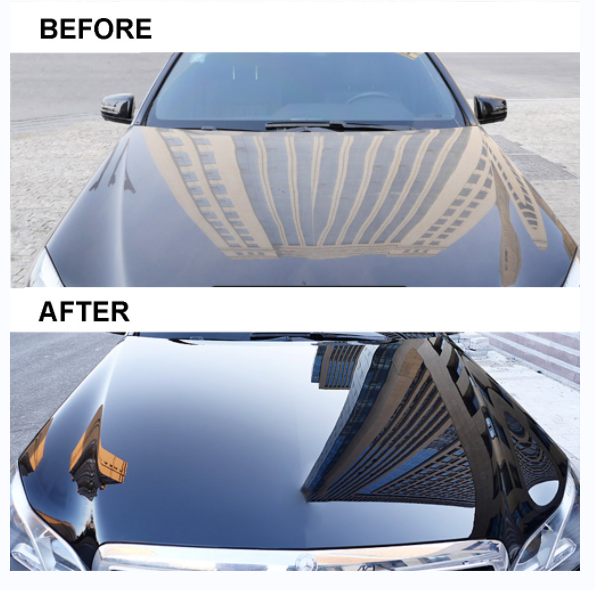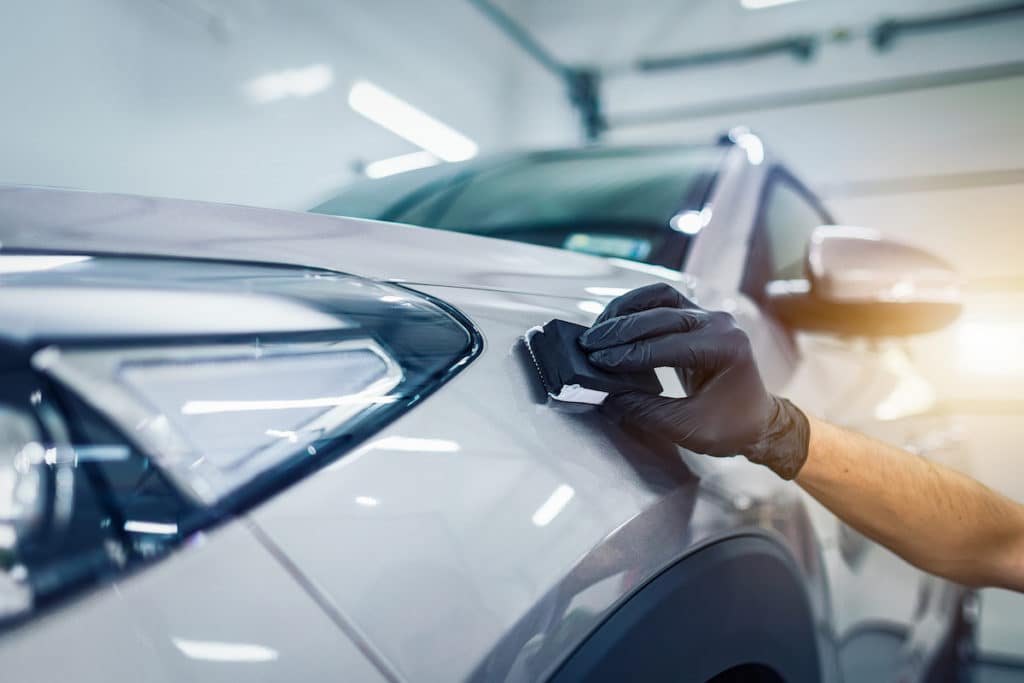Find high-quality scratch repair Sarasota to repair scratches and scuffs.
Find high-quality scratch repair Sarasota to repair scratches and scuffs.
Blog Article
A Comprehensive Overview to the Sorts Of Ceramic Layer on the Market
Ceramic coverings have actually arised as a critical solution throughout numerous sectors due to their distinct residential or commercial properties and applications. As we discover the distinctive attributes and applications of these layers, the implications for performance and long life become progressively apparent, elevating inquiries concerning which type may ideal match your needs.
Comprehending Ceramic Coatings
Ceramic coatings are advanced safety solutions that have gotten appeal in numerous industries, particularly in automobile and aerospace applications. These layers contain a fluid polymer that, when cured, forms a long lasting, hydrophobic layer externally of the substratum. This layer offers boosted resistance to environmental impurities, UV radiation, and chemical exposure, therefore prolonging the life and visual charm of the underlying material.
The basic part of ceramic layers is silica, which adds to their hardness and longevity. The application process typically entails surface area preparation, application of the layer, and treating, which can be achieved through heat or UV light. Once treated, ceramic coverings exhibit extraordinary bonding residential properties, permitting them to stick strongly to a selection of surfaces, consisting of metals, plastics, and glass.
In enhancement to their protective attributes, ceramic layers additionally supply convenience of upkeep. Their hydrophobic nature minimizes the adherence of dust and crud, making cleaning less complex and less frequent. In general, the adoption of ceramic coverings stands for a significant improvement in surface area protection technology, supplying both functional and visual benefits throughout several fields.
Kinds Of Ceramic Coatings
Various sorts of ceramic finishings are readily available, each created to meet details efficiency requirements and applications - Auto Detailing. One of the most usual types consist of:
Silica-based Coatings: These finishings largely contain silicon dioxide and are understood for their resilience and chemical resistance. They are extensively utilized in auto and commercial applications.
Titanium Dioxide Coatings: Renowned for their photocatalytic residential properties, titanium dioxide layers are often applied in environments where self-cleaning and antifungal residential or commercial properties are desirable, such as in structure products and auto surfaces.
Zirconia Coatings: Defined by their high-temperature security and thermal resistance, zirconia finishes are made use of in applications such as generator engines and high-performance automotive elements.
Alumina Coatings: Displaying excellent hardness and thermal security, alumina coatings are regularly made use of in wear-resistant applications, consisting of reducing devices and commercial equipment. - Paint Protection Film
Crossbreed Coatings: Incorporating the residential properties of different materials, hybrid finishings provide improved performance attributes, making them suitable for one-of-a-kind and demanding applications.
Each sort of ceramic finish serves distinctive functions, enabling users to choose one of the most ideal option based upon specific environmental conditions and performance requirements.
Benefits of Ceramic Coatings
Ceramic coverings, in particular, deal numerous advantages that make them significantly preferred amongst suppliers and customers alike. These coatings are resistant to scratches, chemicals, and UV rays, ensuring that the underlying surface stays protected over time.
Along with durability, ceramic coatings give exceptional hydrophobic residential properties, enabling for simple cleansing and maintenance. This water-repellent nature reduces the adherence of dirt, gunk, and other impurities, which can extend the visual allure and functionality of the surface area. Moreover, ceramic finishes can significantly enhance thermal resistance, making them perfect for applications that endure high temperatures.

Application Process
When using ceramic finishes, a precise strategy is crucial to attain optimum results. The application procedure commonly starts with comprehensive surface prep work. This includes cleaning, sanitizing, and polishing the surface to get rid of all pollutants, including dust, grease, and prior waxes or sealants. A clean surface area guarantees appropriate adhesion of the layer.
Once the surface area is prepped, the following step is to apply the ceramic finish. The coating should be used in slim layers, as thicker applications can lead to uneven finishes.
After application, the layer calls for a specific treating time, usually varying from a their explanation few hours to a full day, depending on the product. Following these steps diligently will maximize the efficiency and longevity of the ceramic covering, supplying a durable protective layer for the surface.
Maintenance and Longevity
To make certain the long life and efficiency of a ceramic coating, normal maintenance is essential. Ceramic layers, understood for their sturdiness and protective high qualities, require certain care regimens to maximize their life-span and performance.
Along with routine washing, periodic examinations are essential. Try to find indications of wear or damages, such as hydrophobic residential or commercial properties diminishing or surface area blemishes. If needed, a light gloss might be related to revitalize the finishing without stripping it away.
Moreover, the application of a booster spray can improve the layer's hydrophobic effects and recover its gloss. This is particularly useful for finishes that have actually been in use for an extended period. Ultimately, by adhering to these maintenance techniques, one can dramatically extend the life of a ceramic finishing, guaranteeing that it remains to give ideal defense against ecological elements and keep the aesthetic appeal of the lorry.
Conclusion

Report this page